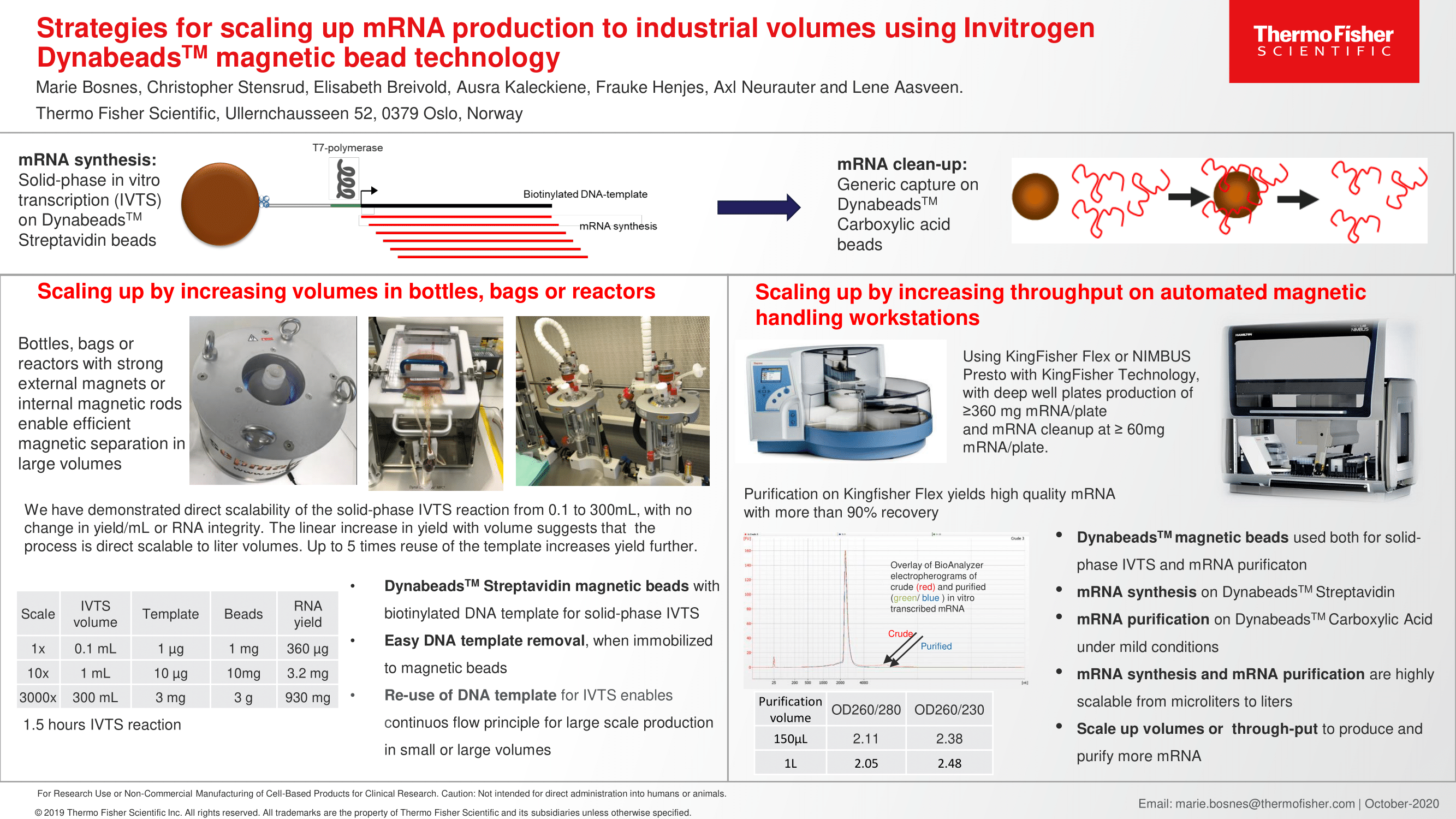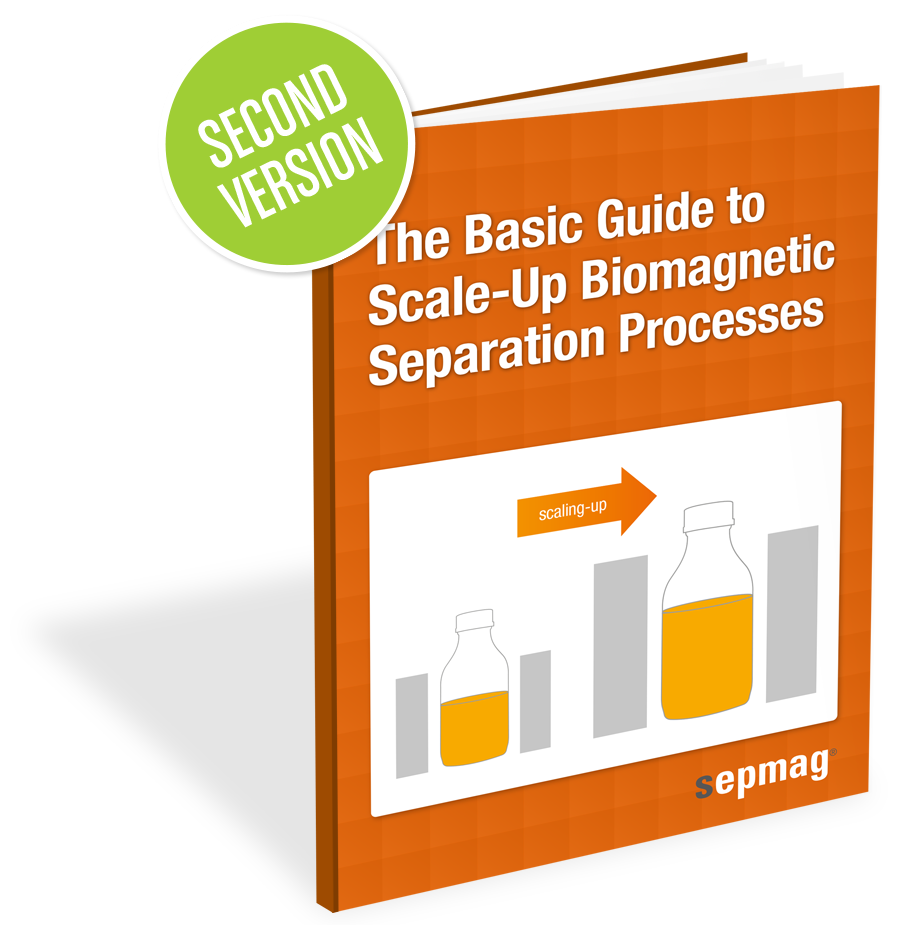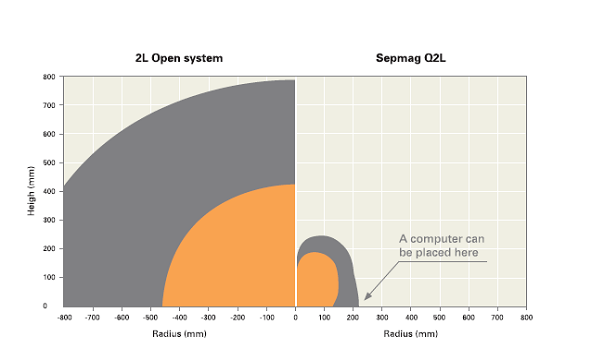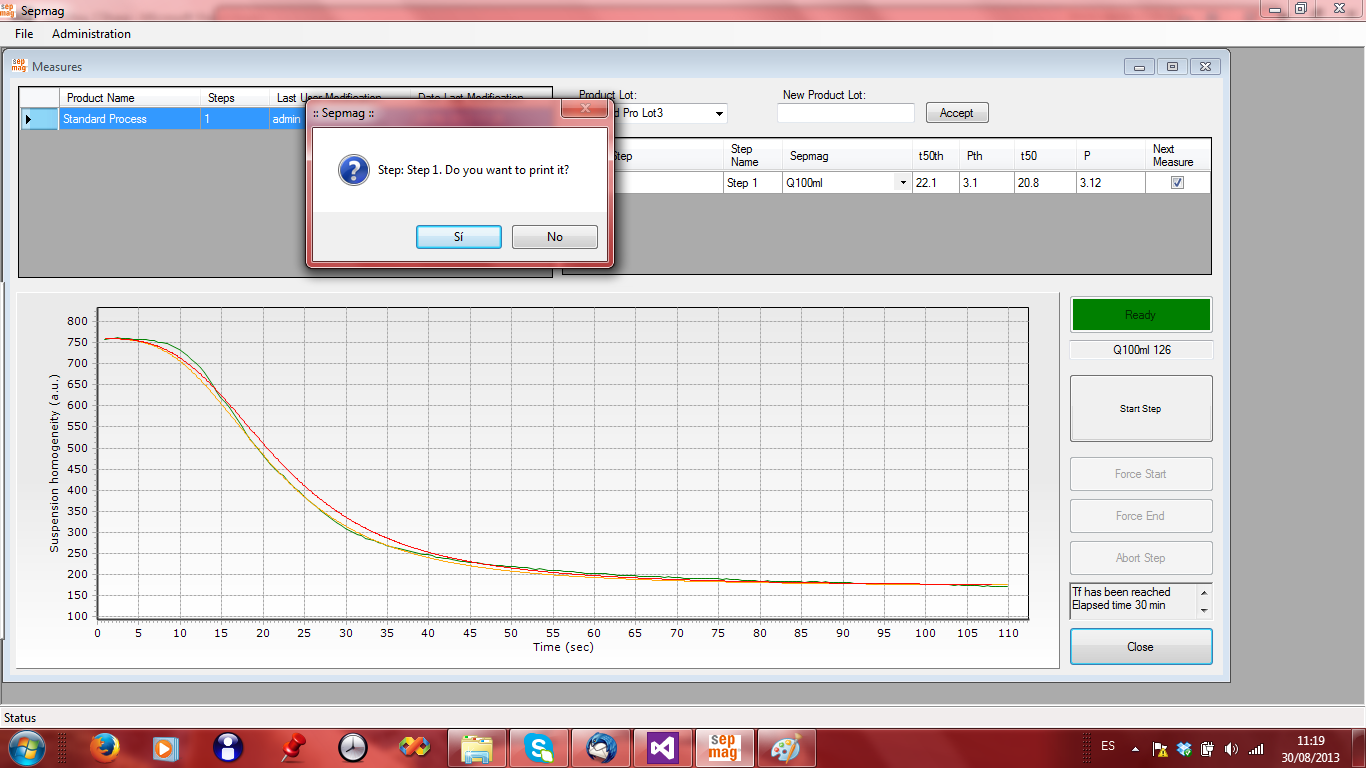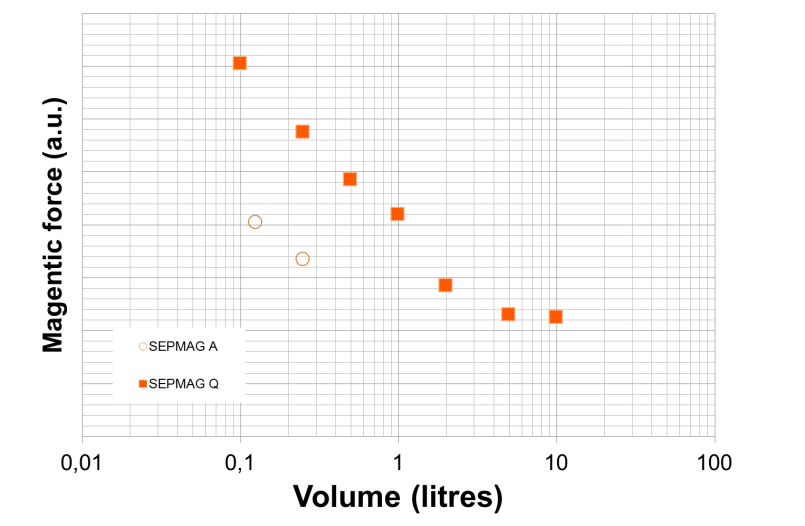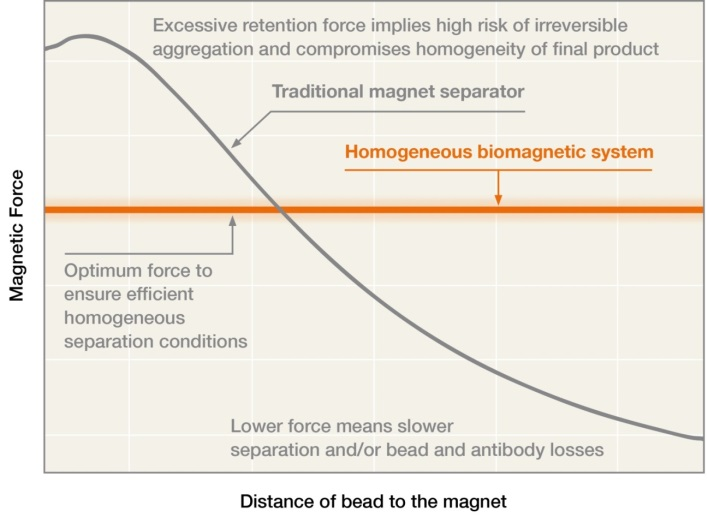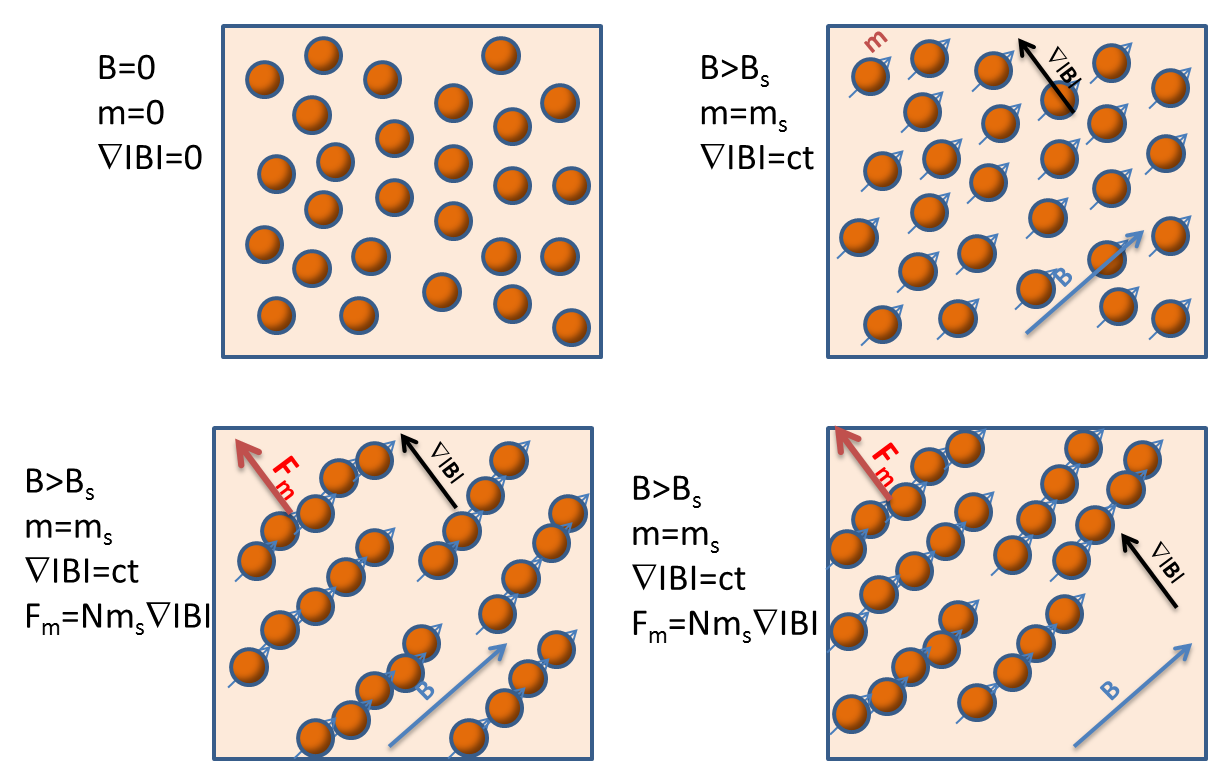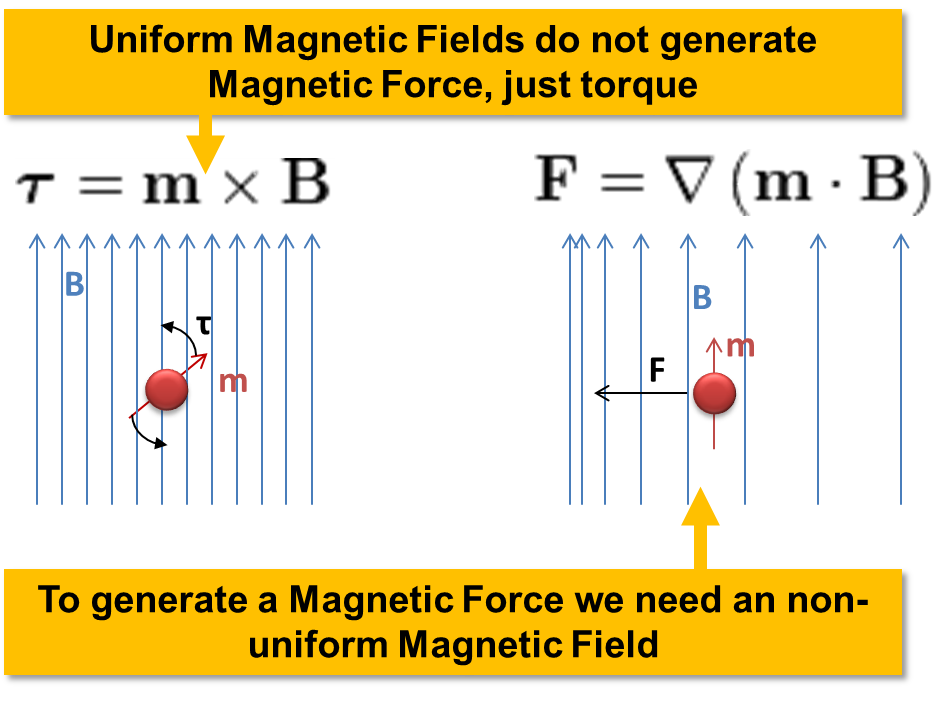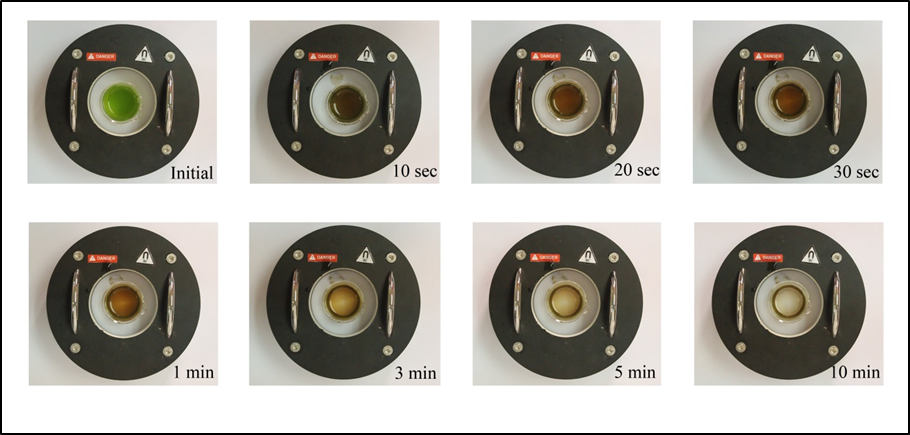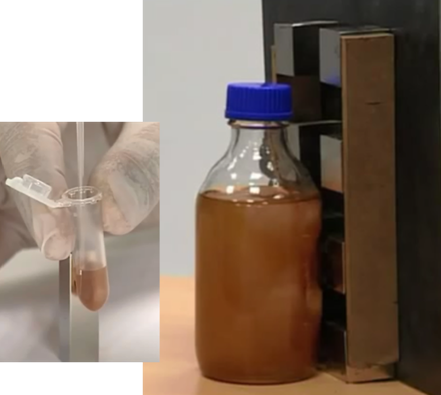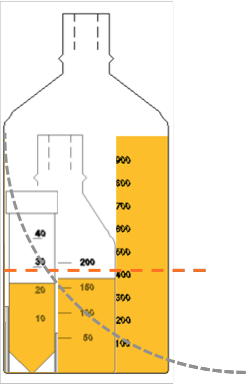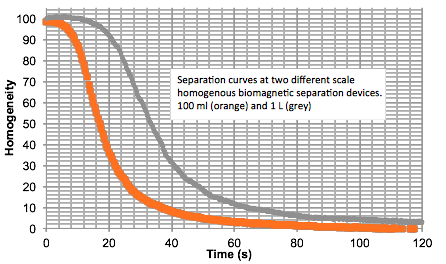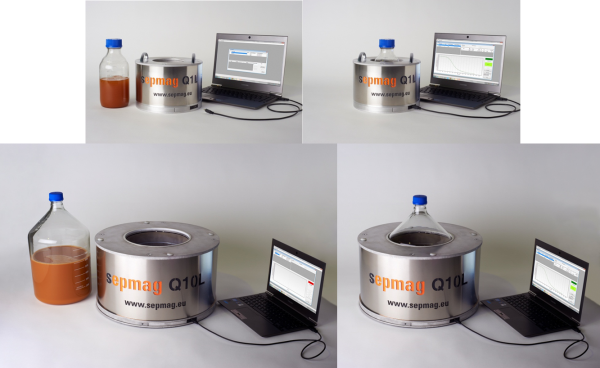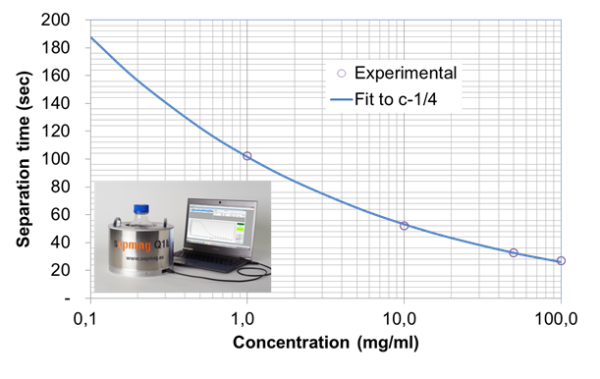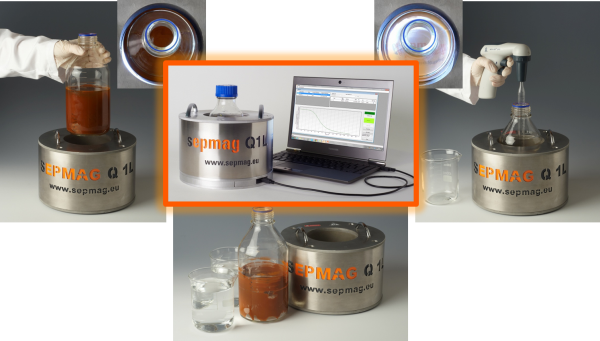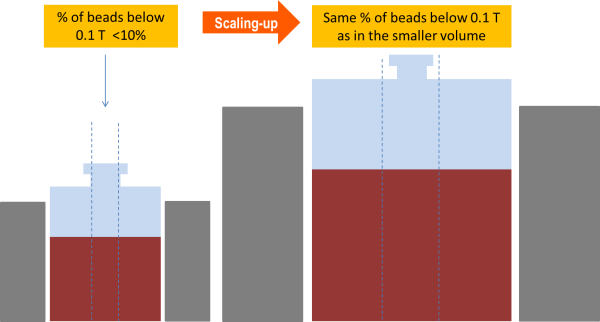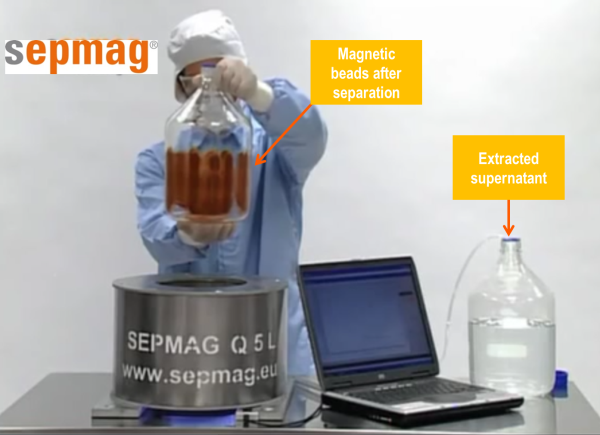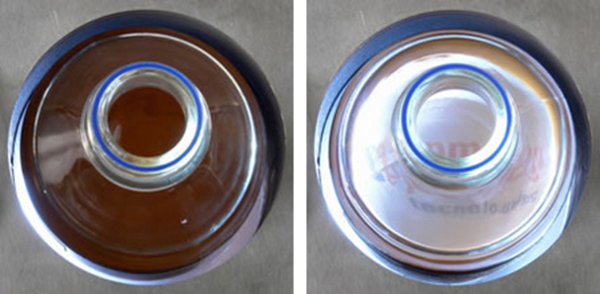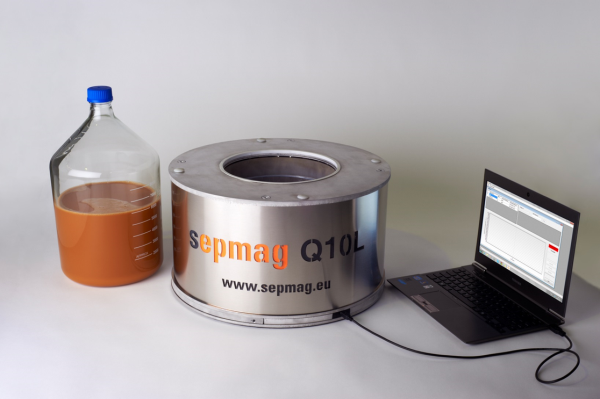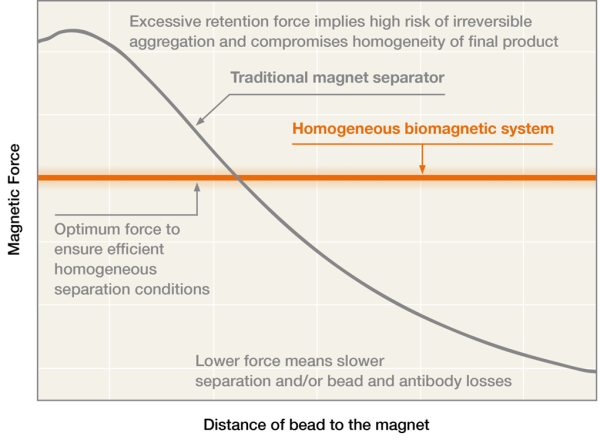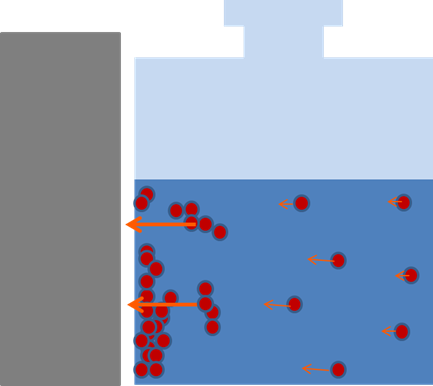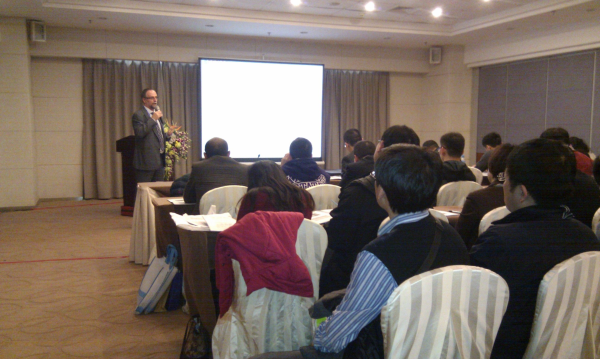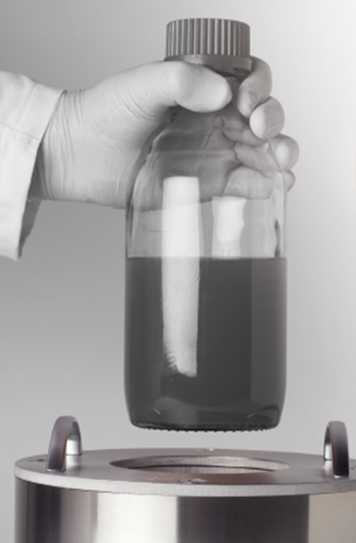Overview of mRNA extraction
The “central dogma” states that DNA gets transcribed into mRNA which is then translated into a protein. The mRNA strands for messenger ribonucleic acid as it is the messenger between the directions of DNA and the creation of proteins by the ribosome. Researchers and industry laboratories extract mRNA from cells to study processes occurring in the cell. mRNA only accounts for 5% of the RNA in the cell so it is important to have a technique which will specifically purify this type of RNA. RNA is also very sensitive to Rnase contamination, which is found all over your skin as an antimicrobial. To avoid contamination it is helpful to have an efficient and simple method for mRNA extraction. A common method for mRNA extraction is the use of magnetic beads.


